There are many tools available to musicians and guitar players, specifically. One of the great things about being a musician or a guitar player is the amount of gear available, many of which are quite useful or at the least, really cool. The guitar looper pedal is just one of those tools, but what is it exactly?
A looper or loop pedal is a digital gadget that enables immediate recording and real-time playback of audio or musical performances. Its utility is diverse, as it allows convenient overdubbing, making it ideal for practice, creative sessions, live performances, and for a variety of instruments.
Additionally, you can record more samples and then layer it over top of the loop.It really can’t be understated how useful a looper pedal is. It’s essential for practicing because it allows you to practice music theory concepts much easier, that way it’s not just theory.
For many players, getting their hands on a looper pedal is one of the most important decisions they’ve ever made. In a YouTube video from Justin Guitar – who has one of the most popular guitar channels – he says that getting a looper pedal allowed him to practice in a way he had never done before.
And I agree, because it did the same thing for me. The reason why it’s so instrumental in a player’s practice routine is that it allows you to practice concepts that otherwise wouldn’t be feasible, at least not without another musician.
Functions Of A Guitar Looper Pedal
A looper pedal might be one of the most useful tools in a guitar player’s tool-box because you can do a number of things with it that would otherwise be impossible (although, nowadays there are some work arounds with computers).
1) Practicing Over Chord Progressions

For instance, you can record a chord progression with the looper pedal, set it on repeat, and then use that very same chord progression as a backing track to practice over.
While you could do the same thing just by recording the riff in a DAW such as Garageband, a looper pedal does it instantaneously, effectively making your workflow so much smoother.
You can use this feature for so many different functions.
I use it primarily for jamming, but I also use it sometimes to create interesting melodies and progressions that wind up being the foundation for some of my songs.
Looper pedals are incredibly conducive to the creation of interesting chord progressions and melodies.
For instance, you can record a chord progression, and then play other chords over the top of them to see how they work together harmonically.
This also allows you to practice and analyze what parts of the scale sound the best over certain chords.
2) Practicing Modes And Scales

Using a looper pedal helped me understand finally what modes were because I was able to easily put the theory into practice by recording certain chord progressions and notes and then play over top of them.
It doesn’t have to be a full chord progression or musical passage either. You can just hit a “D” note, and then play another scale over top of it to utilize the Dorian mode.
Because “D” is the second note of the C Major scale, recording just a D note and then setting up the loop to play that note over and over again in perpetuity allows you to see what a mode really is.
“D,” is the second chord and second degree of the C Major Scale, which means that if you jam a C Major scale over top of that note, you get the Dorian tonality.
Looper pedals are perfect for highlighting modal tonalities. Whenever I want to practice with a new chord, arpeggio, mode, or scale, I use a looper pedal to see how it works harmonically.
3) For Practicing Improvisation

Looper pedals are a great way to practice improvisation because you can record any chord progression or musical passage that you want, and then jam over it.
Before I had one, and before I knew about Garageband, I found it incredibly difficult to practice improvising because I didn’t have another player to work with.
There was a time when I would just record myself playing with my iPhone camera, and then playback that recording whenever I wanted to jam over a chord progression to see how it sounded.
Moreover, I used to use a Zoom H2 to record myself playing and then jam over it. I would have my headphones plugged into the Zoom H2 with one earbud in my ears, and then practice the guitar listening with my other ear.
Looking back on it, this was incredibly non-functional.
Thankfully, I’ve wised up since then, and I have a much better way of practicing and jamming over progressions and sounds.
4) Practicing Harmonies

Another really useful feature of a looper pedal is that you can record whatever your riff is, and then experiment with harmonization.
Harmonizing notes in Major Thirds, for instance, is incredibly popular in modern metal, however, it’s not always easy to harmonize guitar riffs. It takes a lot of work to harmonize a musical passage if you don’t have the appropriate tools.
For instance, you could play a C Major Scale, record it with the looper pedal, and then play an A Minor Scale over top of it just to see how the relative minor and major scales sound when played together.
5) Live Performances
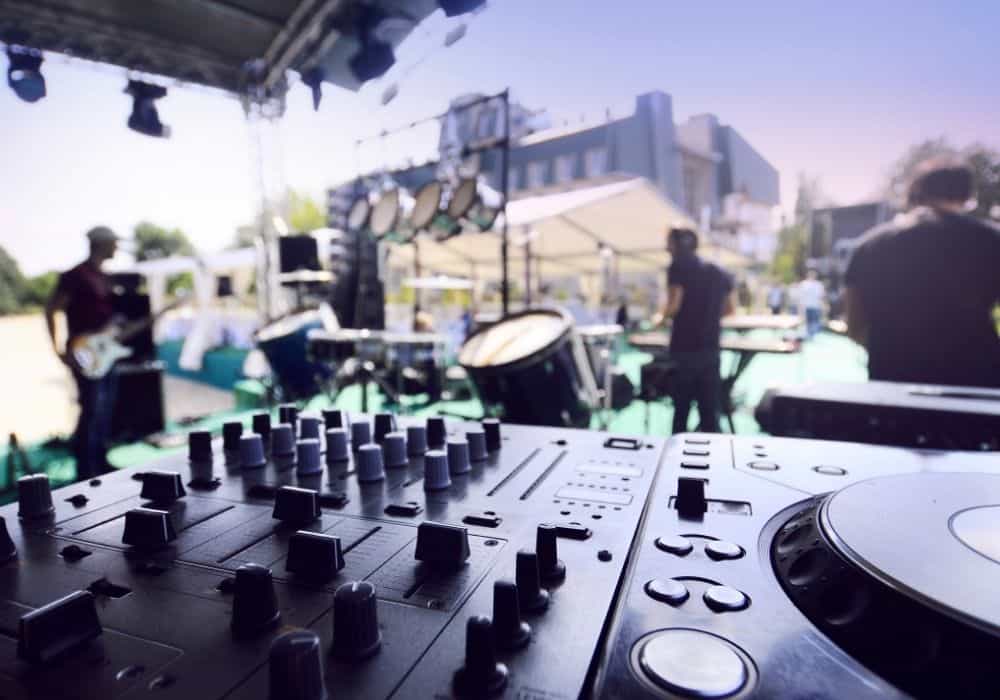
It’s not uncommon for guitarists to use looper pedals in live performances. In fact, when I walk around the city, I notice that buskers use them all of the time.
They record themselves playing a chord progression or musical passage of some sort, and then they just jam over it for everyone to hear.
Essentially, it’s like having a second guitar player at your disposal, who can play whatever you want him to play forever, without making any mistakes.
Every looper pedal is different as well. Some of them have the ability to store dozens, hundreds, or even more loops which can be used at your disposal at any time you choose.
This is one of the primary reasons why they’re so incredibly useful for live performances.
6) Can Be Used As A Metronome
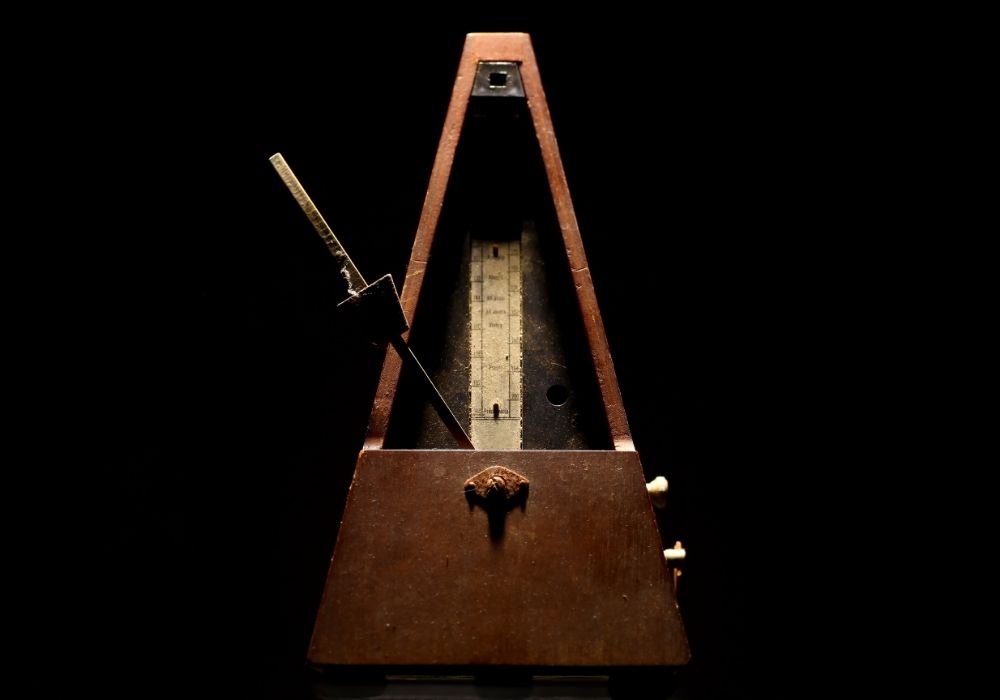
Another useful feature of a looper pedal is that it can be used for other purposes that it’s not actually meant for, like acting as a metronome.
You can play a muted note a couple of times, record it, and then play it back and then use that as a guideline to keep you on tempo.
7) Interval Training
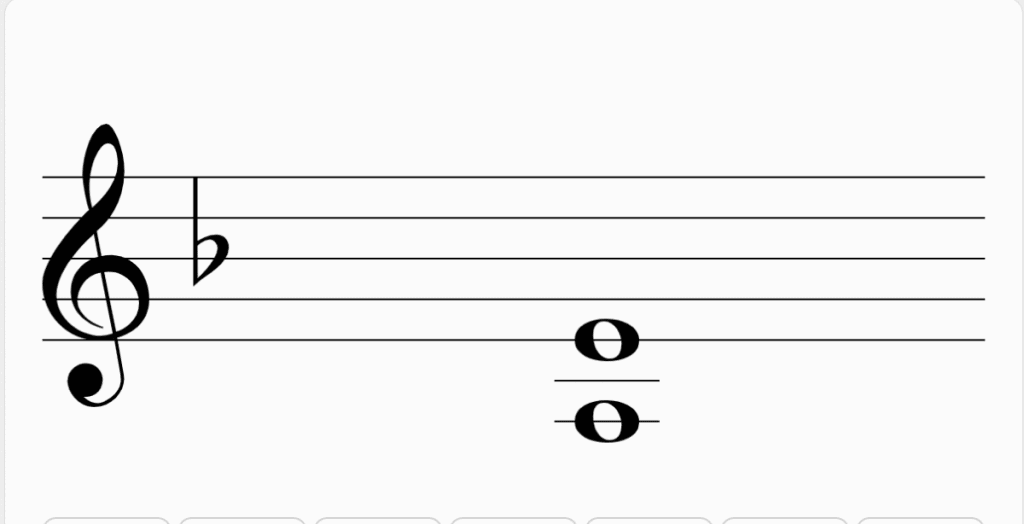
As you may have already guessed, looper pedals prove very useful for things like interval training as well.
For instance, you can play a C on the bottom E string at the 8th fret, and then play the E on the 12th fret of the bottom E string to see how those two notes sound together when played at the same time.
This would be a Major Third interval, and from here, you can see how it sounds if you flatted the E to an Eb, or added a sharp to it to make it E#.
Playing these notes together in this way highlights how they sound together, and ultimately helps you understand how notes sound in combination with each other, as well as the names which describe their relationship.
8) Increases Creative Flow
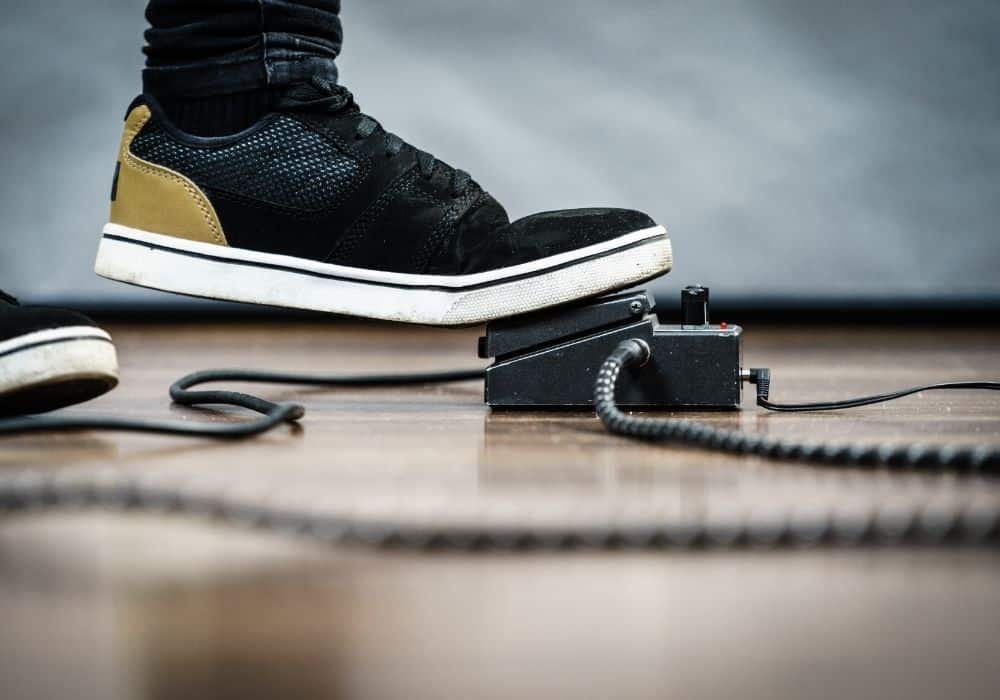
A looper pedal’s ability to facilitate creativity really can’t be understated.
Many of the more advanced looper pedals allow a player to record multiple samples at once, as well, so you can easily create a very unique progression or melody without having to record anything using a microphone or a DAW.
On account of its ability to overdub as many times as needed, a looper pedal can add even the smallest sound and musical passages, for instance, one more strum, a pick-scrape, or even one single chord.
A common technique on the electric guitar is to finger a chord really hard and then turn up up the guitar pickup’s volume knob to create a sort of organ effect. You could record as many of these as you wanted to with a looper pedal as a way of being more creative.
9) Reverse Playback
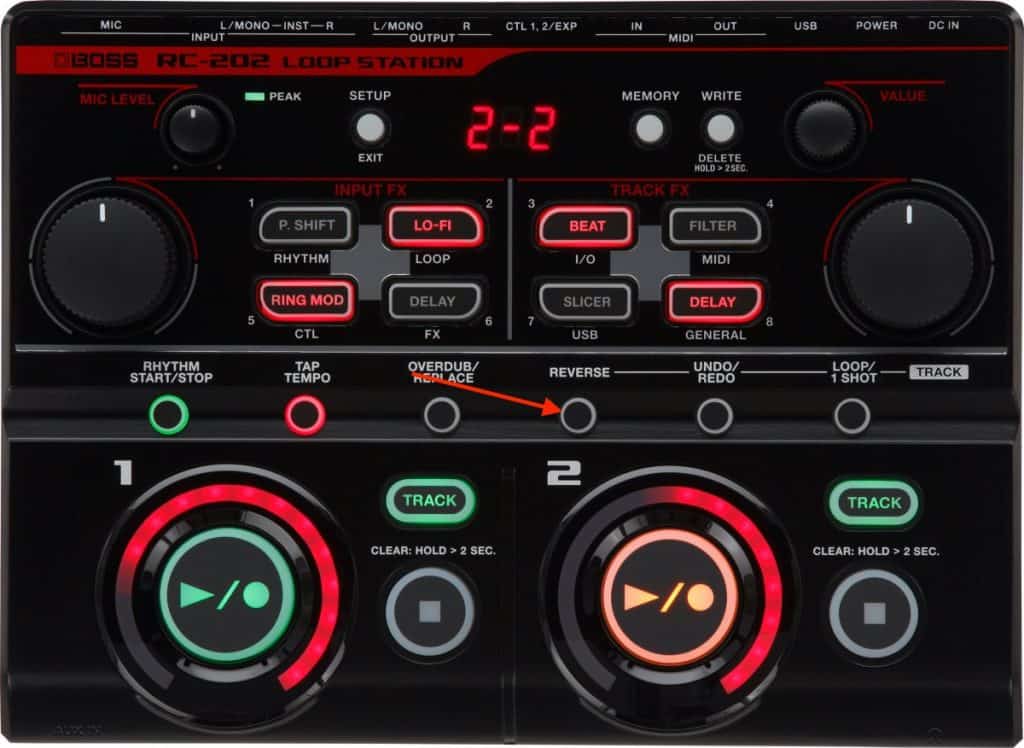
It’s not uncommon for more advanced looper pedals to include a reverse playback feature, which means that it records your playing and then literally plays it back in reverse.
Garageband and other DAWs can do this as well, but DAWs can’t do it in a way that’s streamlined, effective, easy, and instantaneous in the same way that a looper pedal can.
What Kinds Of Looper Pedals Are Available?
As I mentioned at the beginning of the article, there are a ton of brands and companies that create all kinds of gear for musicians, and looper pedals are just one example.
For instance, the Line 6 PODHD500x is a multi-effects pedal that also has an in-built looper, and many other effects units do the same thing.
Different companies make their own looper pedals, including Boss, Digitech, Ditto, and Electro-Harmonix.
They also come in a very wide price range, with some of them costing as low as $50, and all the way up to $500.
Typically speaking, the more expensive they are, the more features they have, and the better built they are.
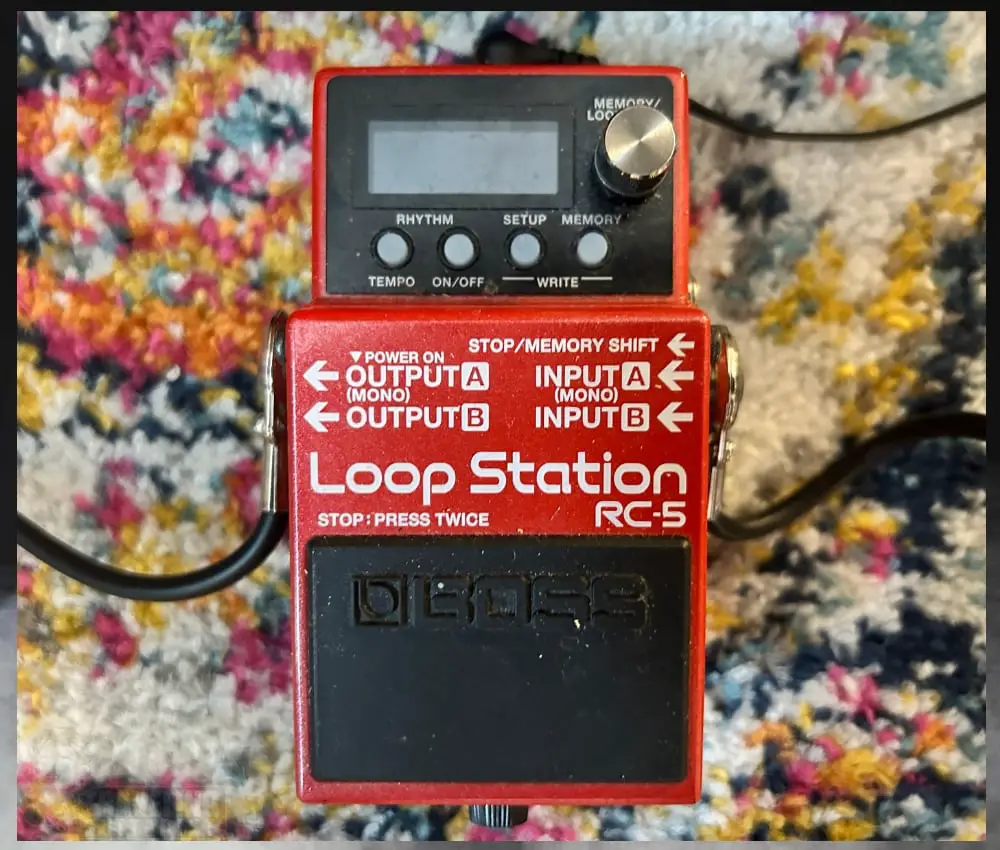
For example, one of the most recommended looper pedals on the market is the Boss RC-5 Loop Station.
I would argue that this looper pedal is the most amount of value for the money because it has all of the features that you would want in a looper pedal without costing a ton of money.
There are other versions of the same pedal, for example, the Boss RC-1 Loop Station, and many others.
Other Articles You May Be Interested In
- How to Use The BOSS RC-5
- How to Use the BOSS RC-1
- How to Connect A BOSS Looper
- MXR Clone Looper vs BOSS RC-5
- BOSS RC-5 vs BOSS RC-1
YouTube Video Tutorial
Conclusion
A guitar looper pedal allows you to record a musical passage and then repeat it back through an amplifier instantaneously.
It’s easily one of the most useful tools available to a guitar player, and they’re definitely worth trying out.

 Written By :
Written By :